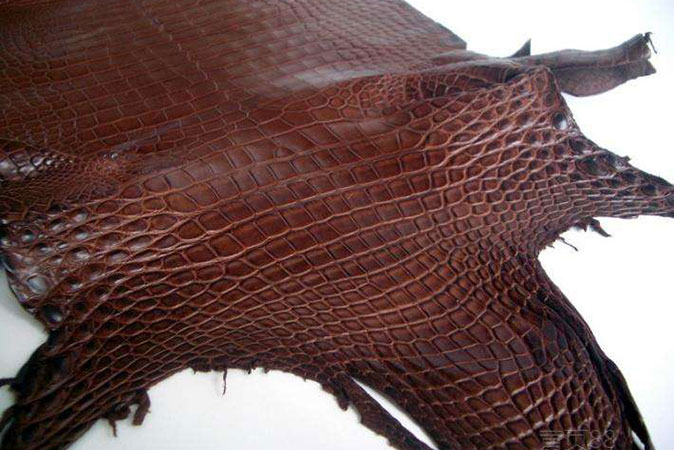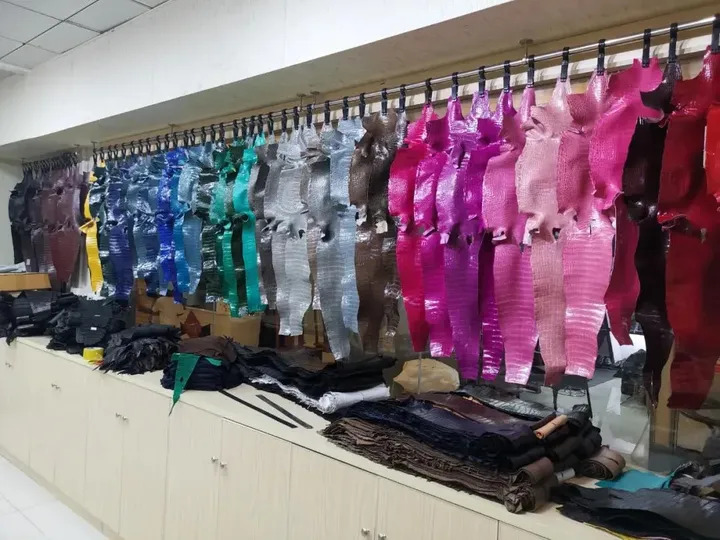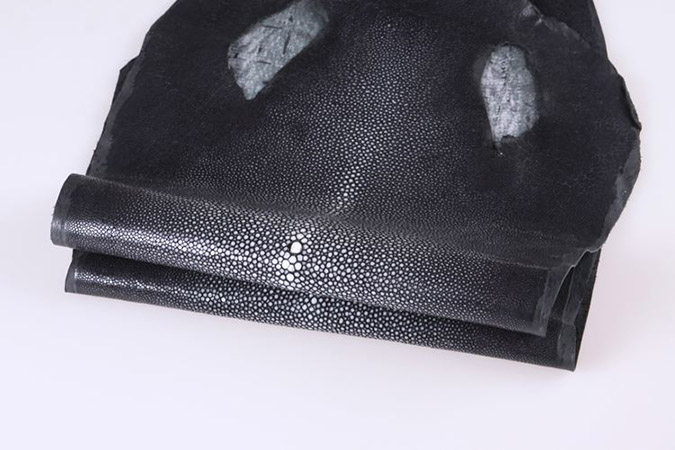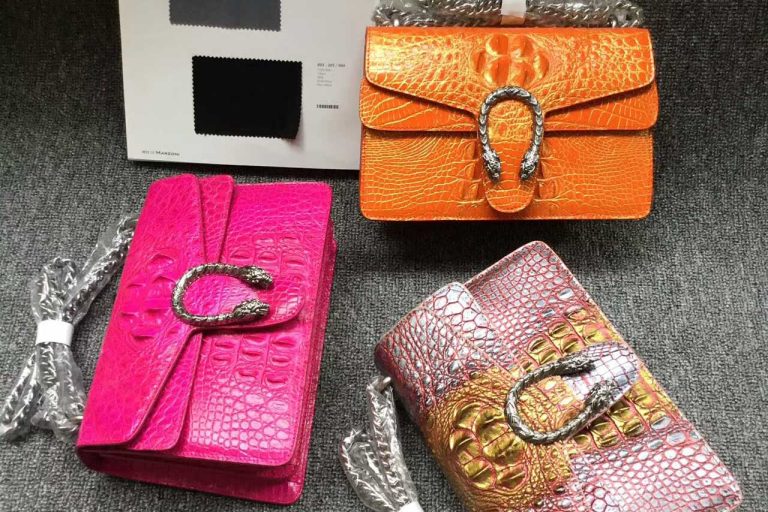Crocodile leather handbag making
Although crocodile skin itself is a scarce resource, the craftsmanship and technology required in the process of making bags and leather are more difficult than that of ordinary leather types. Removing scales and softening crocodile skin is not as smooth as other leather types. Yes, it has hard scales. To make it into a luxury handbag, the first step is to make it soft. Craftsmen will perform complex chemical steps such as water soaking, alkali soaking, graying, softening, salt washing, pickling and so on to make the scales loosen and fall off, and the leather swells and becomes soft. When the hard scales are completely shed, the grain will become clearer and the hand will become much softer.
Tanning is to remove all fat, moisture, salt, and impurities from the crocodile skin itself, making it easy to preserve, and allowing the leather to expand appropriately, making it moderately soft and hard and easy to shape.
Some brands are also trying to inject botulinum toxin or chromium into crocodile leather bags, which can make the leather feel lighter, more flexible, and waterproof, making it as delicate as a woman’s face. After retanning, fatliquing, dyeing and polishing to remove the pigment and fat of the crocodile skin itself, the leather becomes dry and dull. In order to make the thickness and color consistent, the craftsman must open its fiber channels to allow the color and wax to penetrate evenly, making the leather The coloring is deep and translucent, the hand feels firm, and the luster is natural. In this type of process, the production of shiny crocodile skin is different from that of matte crocodile skin, and the latter is more difficult.
Small flaws during the sewing process of shiny crocodile leather can be corrected by sewing. Matte crocodile leather is more difficult to process. Once uneven color is found during the dyeing process, it cannot be repaired and the entire leather will be eliminated. Therefore, matte crocodile leather bags are more expensive.
How to distinguish the true and false feel of crocodile leather: Don’t think that it must be genuine crocodile pattern imitation leather if it feels soft, or calfskin with rolled crocodile pattern will also feel very soft, but compared with real crocodile leather, the latter feels tighter. It’s solid, and you can feel the tight combination of the pattern and the inner texture of the leather when you press it. The raised pattern of imitation crocodile leather will feel looser, and you can feel the gaps between the embossed patterns when you press it.
Stomare: Not the only criterion for differentiation. Those with fine pores must be real crocodile leather, but those without pores are not necessarily imitation crocodile skin, because alligayor does not have pores. But fortunately, crocodile skin has a rougher feel and pattern and is not as soft as imitation crocodile skin. In addition, real crocodile leather will absorb water and leave a dark water mark, while crocodile pattern imitation leather does not absorb water.Pattern: Vivid and neat patterns. Neat and symmetrical patterns are not necessarily the best belly leather. The patterns of imitation crocodile leather are more neat. No matter how neat the pattern of real crocodile leather is, there will be subtle changes in the lines, and the curves will be more vivid. The imitation embossing is rigid and uniform.







